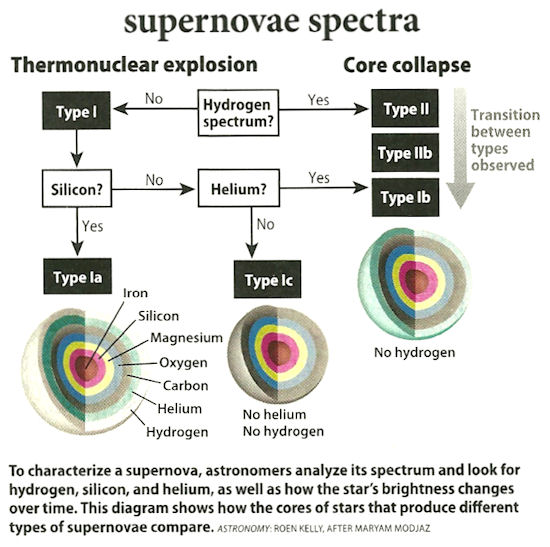

Elizabeth is also a post-secondary instructor in communications and science since 2015. in Space Studies from the University of North Dakota, and a Bachelor of Journalism from Canada's Carleton University. Elizabeth's on-site reporting includes two human spaceflight launches from Kazakhstan, three space shuttle missions in Florida, and embedded reporting from a simulated Mars mission in Utah. As a proud Trekkie and Canadian, she also tackles topics like diversity, science fiction, astronomy and gaming to help others explore the universe. She was contributing writer for (opens in new tab) for 10 years before that, since 2012. The new telescope is scheduled to see first light in 2025.Ī study based on the research was published Tuesday (June 30) in the Monthly Notices of the Royal Astronomical Society.įollow Elizabeth Howell on Twitter Follow us on Twitter and on Facebook.Įlizabeth Howell, Ph.D., is a staff writer in the spaceflight channel since 2022. That would make it large enough to spot individual stars in distant galaxies like the Kinman Dwarf. ESO's Extremely Large Telescope will have a single 127-foot (39 meters) mirror, compared with the VLT's combined aperture of 107-foot (32 m) mirror across four telescopes. The astronomers plan to follow up on their work with a more powerful observatory, when it is ready. One potential explanation, the astronomers think, is that perhaps the star lost so much mass that it became less luminous and is now partly hidden by dust in the galaxy. Usually, the sequence would see the star exploding into a supernova first, before the strong gravity from the event pulls it into a black hole. If the star did indeed collapse into a black hole, this is an unusual life path for a late-stage blue star like the one in the Kinman Dwarf. It's what happened after this outburst that has astronomers puzzled.

The outburst would have produced a large rate of mass loss and would have caused the star's luminosity to temporarily spike.Ī Hubble Space Telescope image of the Kinman Dwarf galaxy. The star, the old data suggested, may have been performing a strong outburst that finished sometime after scientists' last observation in 2011. The archival search also revealed new information. Other telescopes were also used for the historical study between VLT's spectrographs and these other observatories, astronomers easily confirmed the presence of the now-missing star in the older observations. To learn more, the team analyzed older data collected by X-shooter and VLT's Ultraviolet and Visual Echelle Spectrograph between 20. If the star has indeed gone directly from being a star to being a black hole, Allan added, "this would be the first direct detection of such a monster star ending its life in this manner." student at Trinity College Dublin in Ireland, said in an ESO statement. "We were surprised to find out that the star had disappeared," lead researcher Andrew Allan, a Ph.D.


 0 kommentar(er)
0 kommentar(er)
